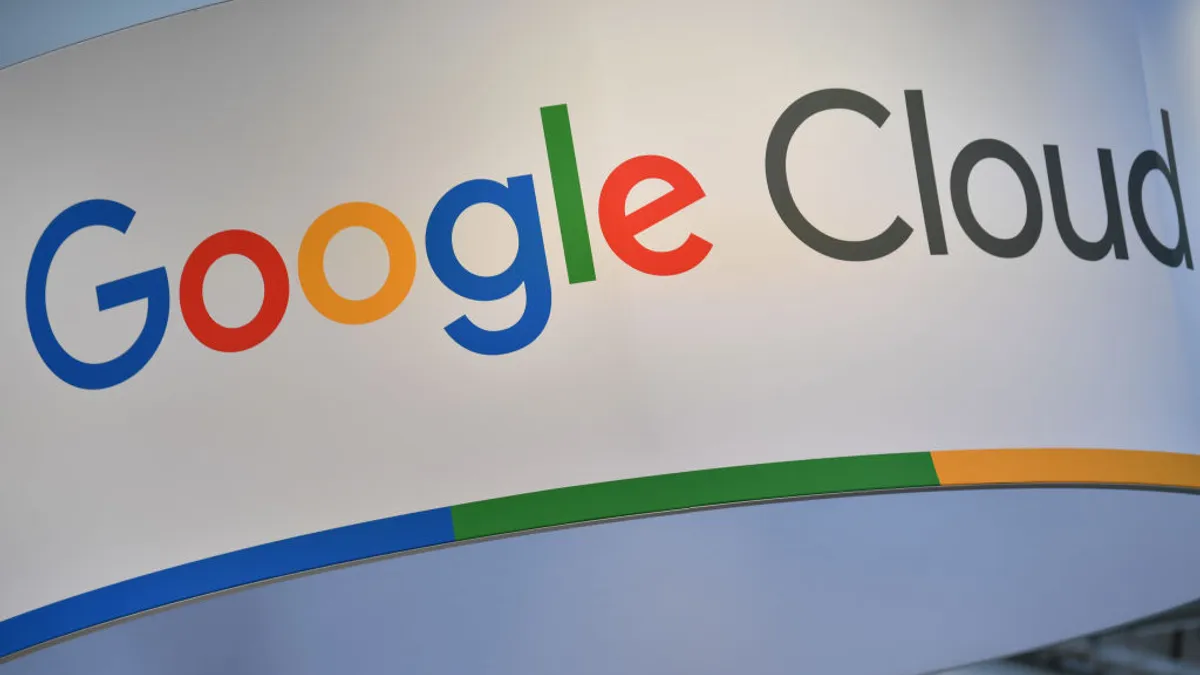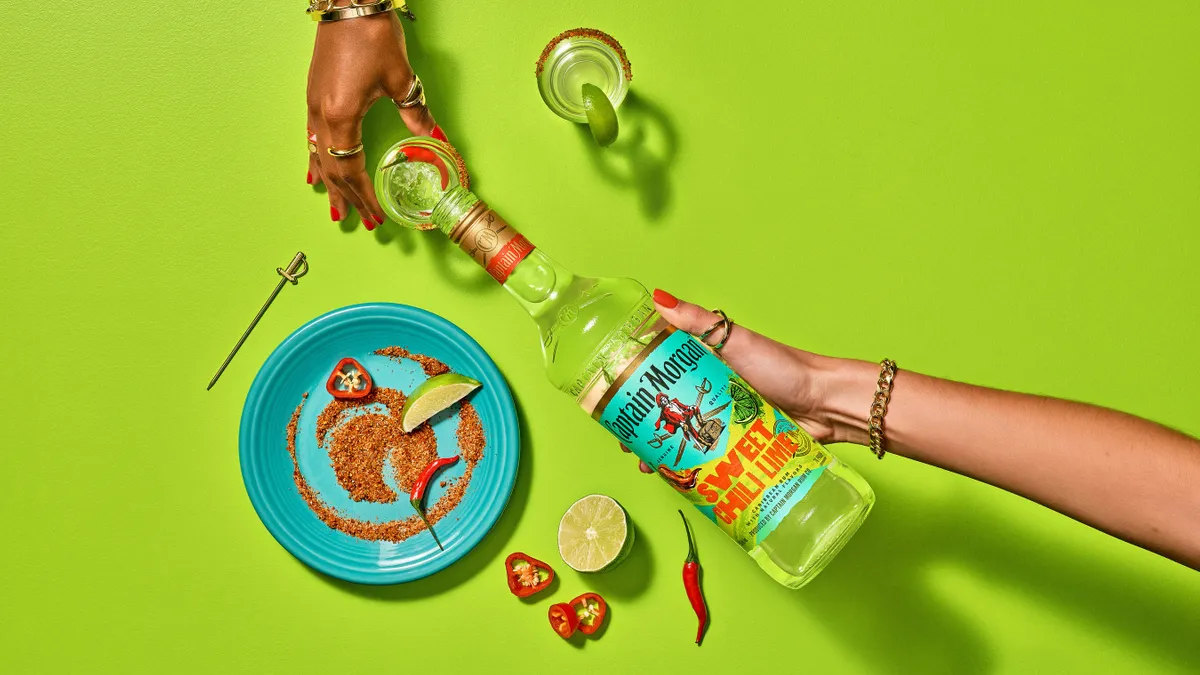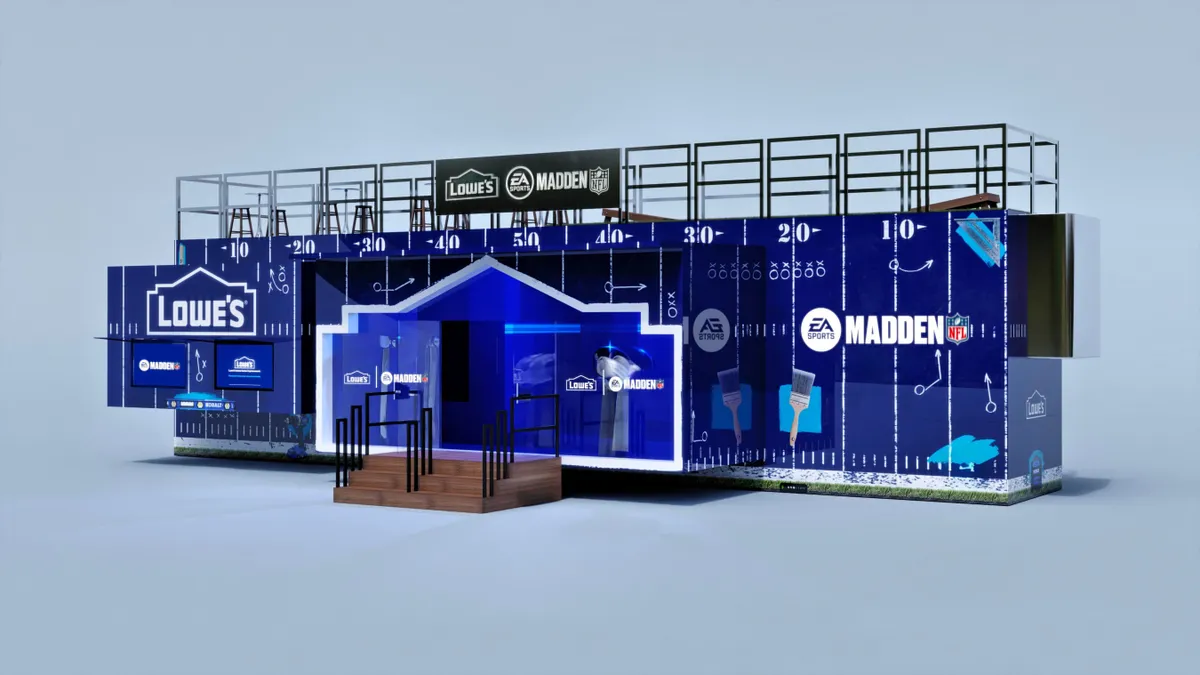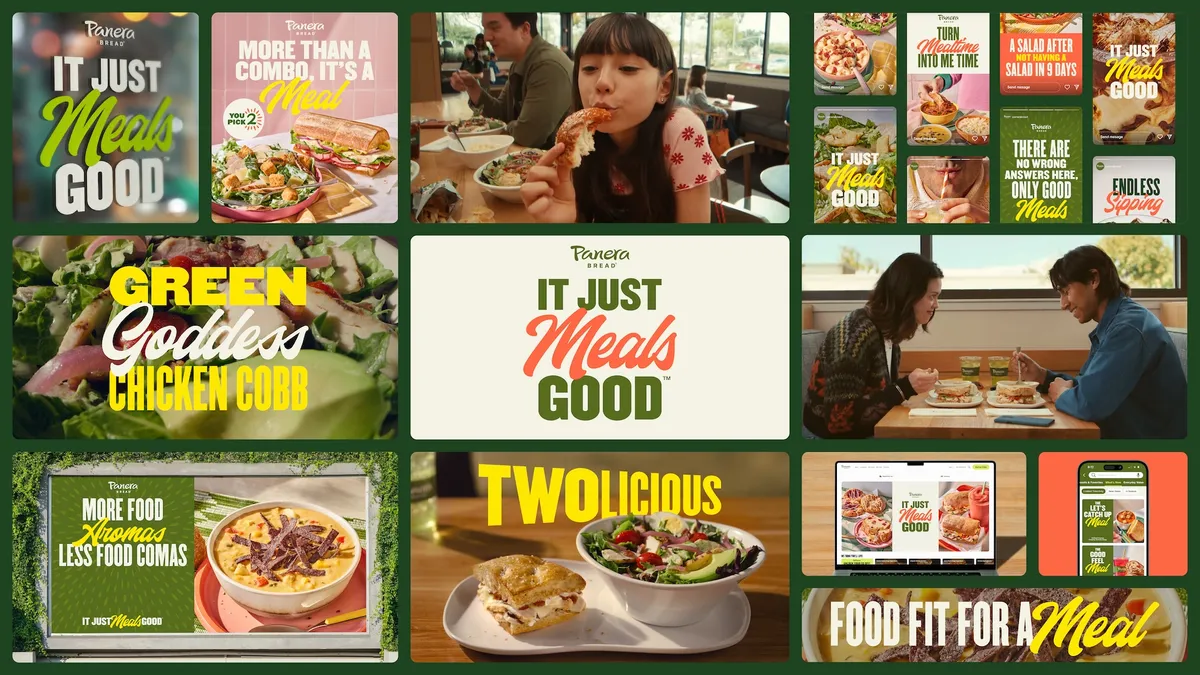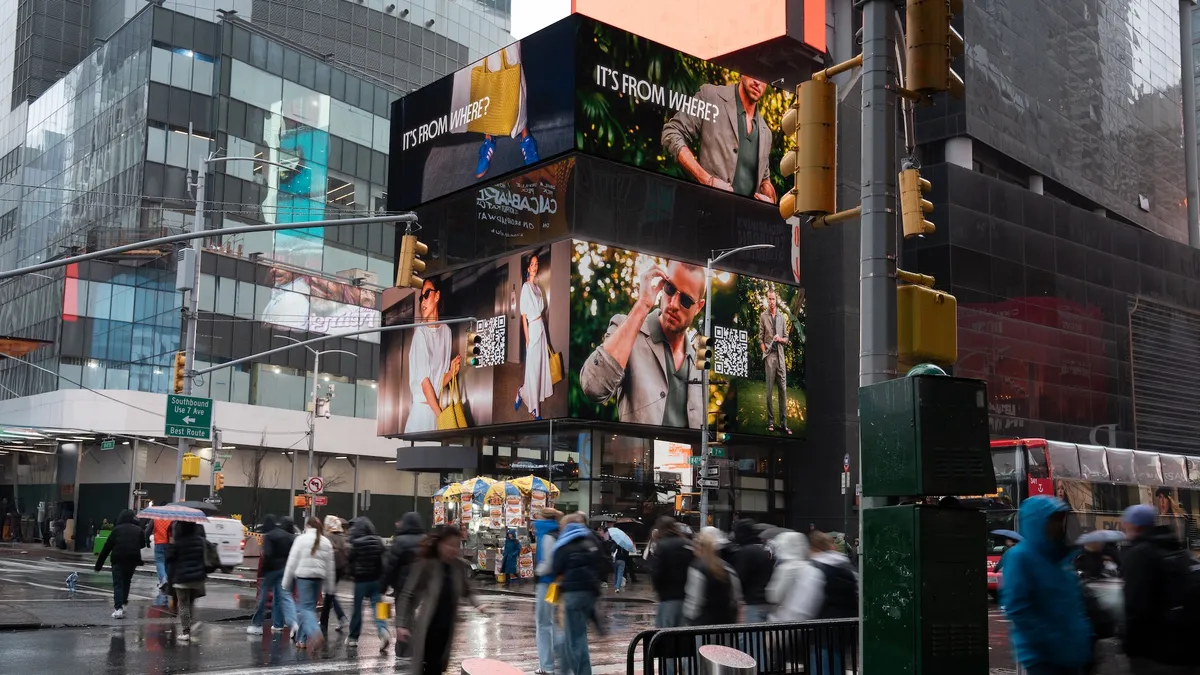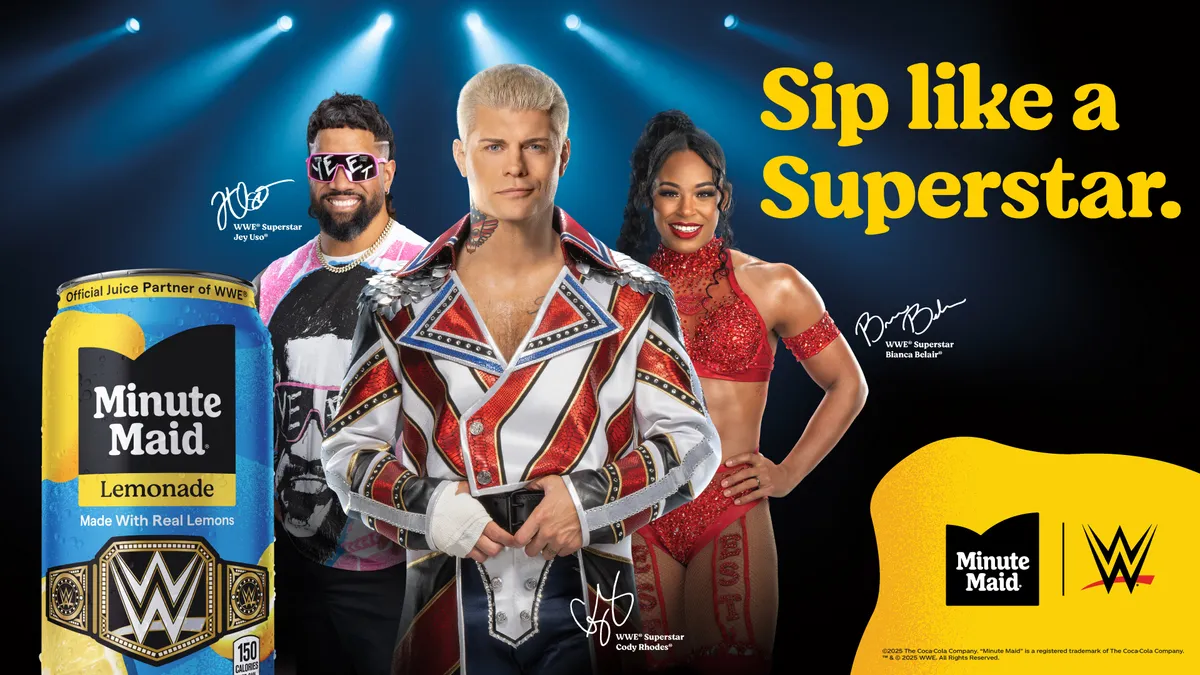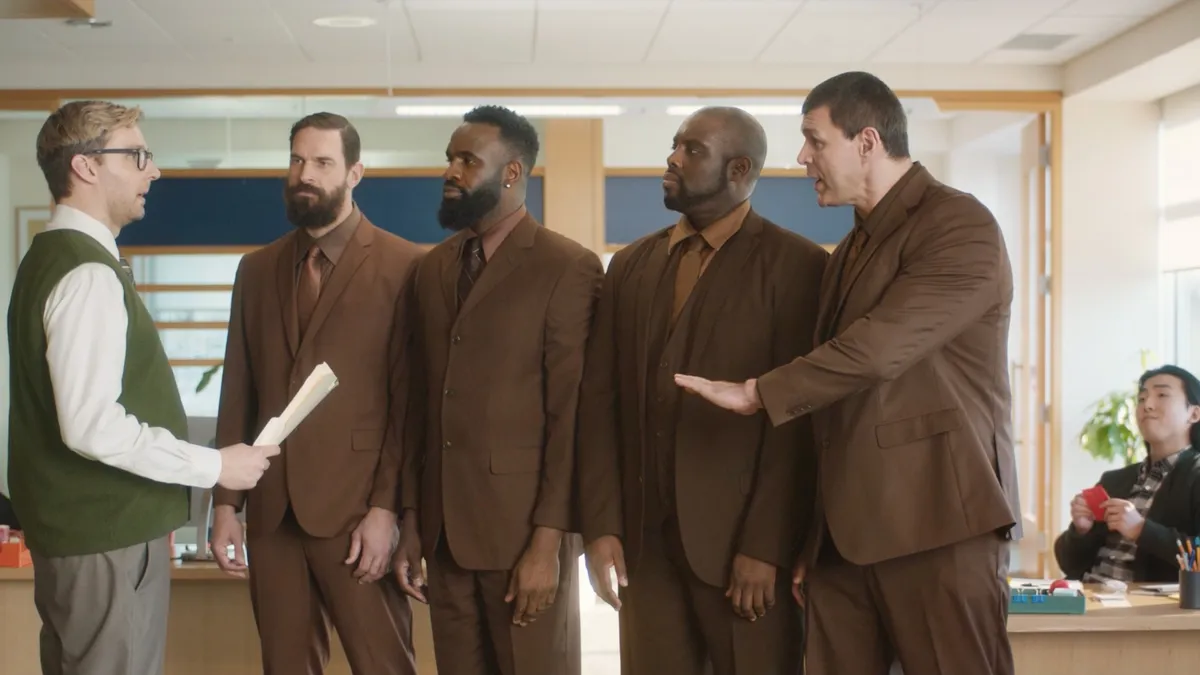Over the next few days, Google Cloud will lay out its latest innovations in a future powered by artificial intelligence (AI) at the company’s Next ‘25 conference in Las Vegas. While largely focused on the technical side of the Google Cloud offering, several developments speak to how brands and agencies can use AI to power marketing and customer experience applications.
“Consumer expectations are constantly changing, and this is creating pressure, both for market share and margin dynamics in the [retail] industry,” said Carrie Tharp, vice president for global solutions and industries at Google Cloud, in a press briefing in advance of the conference taking place April 9-11.
Along with what Tharp calls “crazy uncontrollables” like the Trump administration’s recently announced tariff plan, marketers must grapple with customer journeys getting longer — the average consumers has 10 touchpoints on their journey to purchase. Those journeys are also feeling more fraught: Two in three consumers delay or avoid purchase decisions when they have too much information. AI could provide a way forward.
“If consumers have confidence in the brand and the product, they are much more likely to recommend that to their customers, so how are we going to apply AI to help this overall pressure dynamic?” the executive asked.
Eight weeks into eight hours
Google Cloud news this week includes that it will add Lyria, its text-to-music model, to Vertex AI, making the platform the only one to offer generative media models across video, image, speech and music. Lyria can help create soundtracks for marketing campaigns, product launches or in-store experiences, as well as enabling the creation of sonic branding, per the company. The ability to quickly create custom music tracks saves on time and the cost of searching for royalty-free music.
Brands are already using Vertex to increase efficiency throughout the marketing process. L'Oréal Groupe is using Vertex’s Veo tool for video generation and the Imagen tool for image generation to speed up the creation of high-quality assets, which is impacting how the company views creativity.
“These models act as powerful creative partners, empowering our teams to experiment with new ideas and respond to the market. We’re expanding our qualitative video and image production across 20 additional countries and languages, all while upholding to our trustworthy AI values,” said Thomas Ménard, manager of AI center enablement at L'Oréal Groupe, in a statement.
Kraft Heinz is also using Veo and Imagen tools as part of its Tastemaker platform, bringing speed and efficiency to creative workflows — doing work that once took eight weeks in only eight hours.
“Implementing Google Cloud AI within our platform that is deeply trained on our brand intelligence, allows innovation and creative teams to rapidly prototype, test and deploy content, transforming how we bring our iconic brands to life,” said Justin Thomas, head of digital experience and growth at Kraft Heinz, said in a statement.
Boosting creative ROI
Elsewhere, Google Cloud’s Creative Agents are being used to boost creative teams in media production, marketing, advertising, design and beyond. WPP used agents as part of its Open platform, while Monks.Flow is using Google AI to help localize campaign creative and the Brandtech Group built a generative AI platform, Pencil, to help brands create ads, predict performance and optimize campaigns.
Mondelez, which in 2024 launched a new AI platform supported by Accenture and Publicis Groupe, is looking to notch a 25% ROI using generative AI for content and creative development at brands including Oreo and Cadbury.
“You are seeing many big platforms, retailers and brand, begin to dabble with what this looks like, and we have many products for them to apply,” Google Cloud’s Tharp explained. “We have large consumer packaged goods companies with very high standards and brands are now able to use image generation and video generation to get to truly one-to-one marketing.”
Papa Johns announced last week a partnership with Google Cloud to use Google data analytics, machine learning and artificial intelligence chatbots in its ordering and delivery processes. The pizza chain is also expected to use AI to create marketing campaigns that can deliver personalized offers, content and timing based on preferences. The Papa Johns partnership speaks to how marketers and related professionals can use a host of Google Cloud tools in tandem.
“Whether you're a merchant, a store associate, a marketer or somebody who works in analytics, we want to make sure we simplify the dynamic of all of these language models, the different agents… you could be interacting with and all of the generative tools, and put that power in your hand in your day-to-day processes,” Tharp said.



